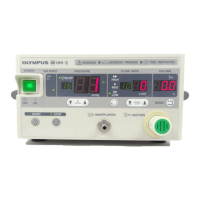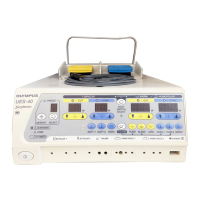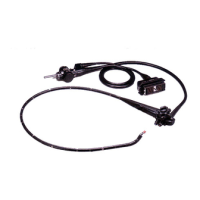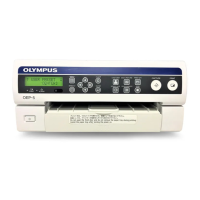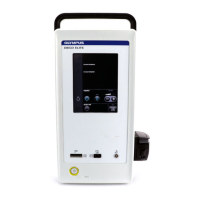Important Information — Please Read Before Use
9
HIGH FLOW INSUFFLATION UNIT UHI-3
• Use this instrument in an environment equipped to
accommodate open surgery and have the hospitalization
plan prepared in case any problem occurs that may not be
resolved by performing endoscopic surgery.
• Prepare spare CO
2
gas cylinders for quick replacement if the
cylinder used during the procedure should run out.
• To ensure that the operation can be completed without
complication in the case of a malfunction, prepare a spare
UHI-3 unit as a backup.
• During use, especially when a high gas flow rate is selected,
a large volume of CO
2
gas will be used. To prevent an
oxygen deficiency in the operating room, ensure that the
operating room is properly ventilated.
• Only use the UHI-3 under the conditions described in
“Operating environment” in the Appendix. Use under other
conditions may not only impair normal performance, but may
also result in equipment damage.
• To avoid complications, monitor patient parameters such as
endotidal CO
2
, electrocardiogram, body temperature, etc.,
while using the UHI-3.
• Metabolic Acidosis and resultant cardiac irregularity.
Prolonged intra-abdominal pressures greater than 20 mmHg
should be avoided. This can cause any of the following:
− Decreased respiration with compromised
diaphragmatic excursion
− Decreased venous return
− Decreased cardiac output
− Acidosis
• Excessive flow rates and/or pressures may result in an
excessive absorption of CO
2
and/or gas embolism. The
abdomen can be adequately distended using a maximum
pressure of 20 mmHg. It is seldom necessary to use an
abdominal pressure greater than 20 mmHg. Little
intravasation or tubal passage should occur at these levels.
Pressures over 20 mmHg are rarely necessary and will
increase the amount and the rapidity of intravasation and
tubal passage of gas. Adequate respiration helps avoid
problems related to CO
2
.
• Idiosyncratic reactions. Patients with sickle cell disease or
pulmonary insufficiency may have an increased risk of
metabolic imbalance related to excessive CO
2
absorption.
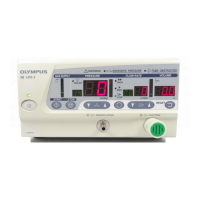
